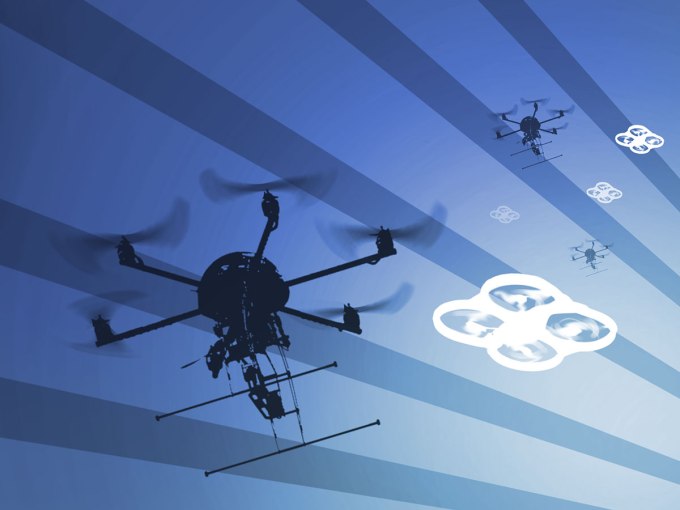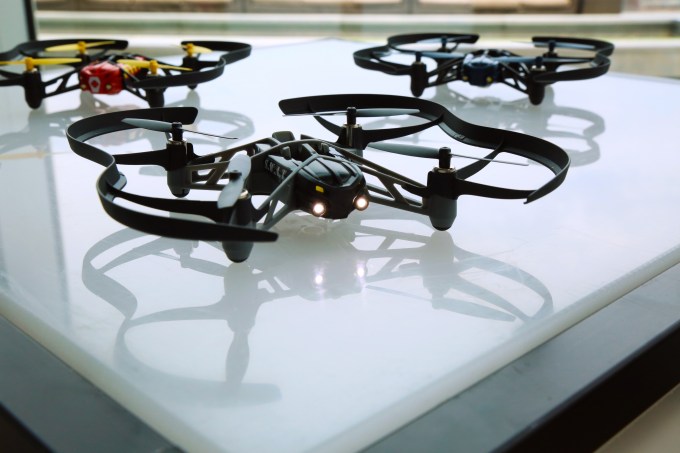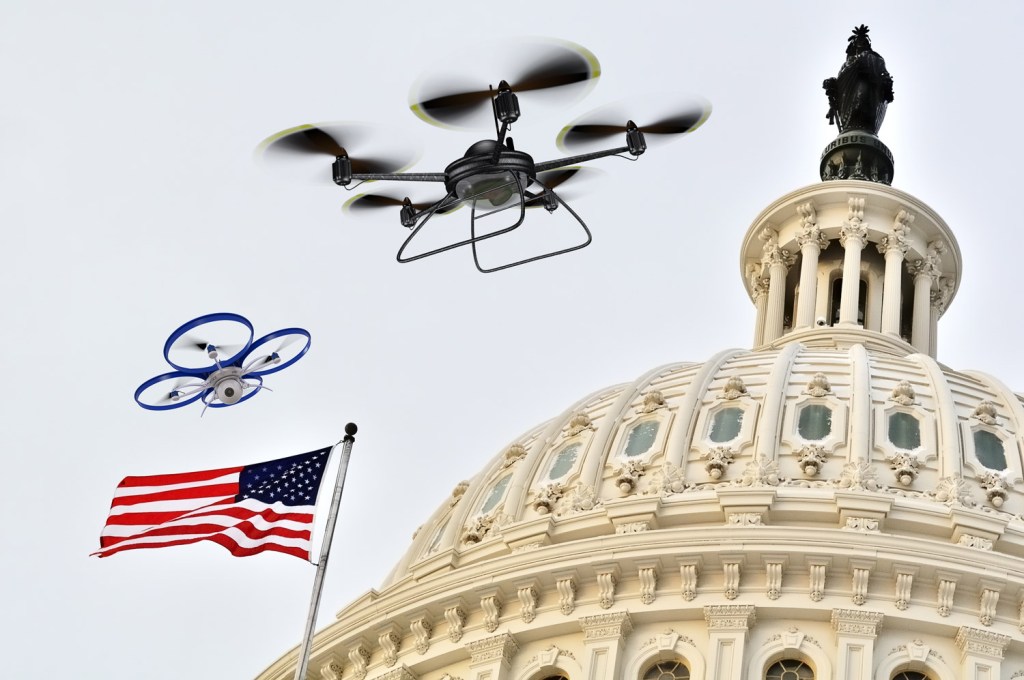Tero Heinonen
Last week, we welcomed the much-anticipated Part 107 drone regulations, which will supersede the current exemption process and is estimated by the FAA to eliminate 85 percent of the present exemptions to drone piloting.
Notably, the new regulations standardize visual line of sight (VLOS) flights of unmanned aircraft that weigh less than 55 lbs. (25 kg). And, in a move that’s most critical for the growth of the industry, the new rules replace private pilots at every flight with operators that have passed a less-strenuous and less-expensive aeronautical knowledge test.
By eliminating a lengthy exemption procedure and expensive barriers, Part 107 will accelerate the developing drone industry in the U.S.
While Part 107 is a great start, these regulations only scratch the surface of the immense potential of the U.S. drone industry. As the FAA continues working on its next stage in the regulatory process, it’s time to take a look at what can be learned from other successful policies in effect around the world.
Visual Line-of-sight Drone Flights Are Not Enough
Part 107 will allow for visual line-of-sight flights, as long as operators follow certain regulations and restrictions. While this is a logical first step, businesses won’t see the true cost benefit of drones until they are allowed to deploy beyond visual line of sight (BVLOS) flights.
With one of the most pro-business drone policies in the European Union, Finland allows BVLOS flights under certain conditions, and it does not require drone operators to possess an aerial work certificate.
Long-distance drone flight operators must do their homework before they fly by drawing up written operational and emergency procedures, and operational risk assessments ensuring that the skies are safe.
Based on the success of Finland’s drone policies, long-distance drone flights are expected on the horizon for the United States, soon allowing American businesses to use drone technology in a way that makes the most economic sense for them.

Self-regulation and Autonomy Should Be Encouraged
Part 107 has made great strides in removing barriers of entry for businesses wanting to use drones.
With the new regulations, operators no longer need to have a sport or private pilot present or a Section 333 exemption, a process that could take several months to acquire. Instead, they’ll need to have an remote pilot airman’s certificate in order to fly drones that weigh less than 55 lbs.
The new regulations also require operators of drones to pass an initial $150 aeronautical knowledge test at an approved testing center — a bargain compared with the $7,000 airman’s certificate that the Section 333 Exemption required.
Holders of the Part 61 pilot certificate are now required to have completed a flight review within the previous 24 months, and complete a small UAS online training course provided by the FAA to receive their remote pilot airman’s certificate.
Australia’s Civil Aviation Safety Authority (CASA) has done a great job creating self-regulation strategies that make its policies manageable for government officials and the skies safe for citizens.
Although commercial drone pilots will still need to register with CASA, companies don’t need to get an operator’s certificate or apply for CASA approval each time a drone under 2 kg (4.4 lbs.) is flown.

CASA’s director of Aviation Safety Mark Skidmore shared the philosophy, “While safety must always come first, CASA’s aim is to lighten the regulatory requirements where we can. The amended regulations recognize the different safety risks posed by different types of remotely piloted aircraft.”
Simple application processes and self-regulation when appropriate saves time and money, minimizing the overhead needed by the FAA to monitor the drone industry. As the U.S. drone industry continues to grow, the FAA will be able to manage its resources — and ultimately taxpayers’ money — effectively with appropriate use of these strategies.
Industry Players Need More Seats at the Table
Currently, drone rules are determined mostly by government and aviation representatives. Given their experience managing the skies and coordinating helicopters, planes and other aircraft, aviation experts certainly play a key role in this process. However, noticeably absent from the discussions are the industries with the biggest use cases for drones.
Who knows agriculture, delivery and inspections better than farmers, couriers and assessors? Drones are poised to bring greater efficiencies to these industries and more, but these benefits hinge on our ability to address the specific commercial needs for each industry.
Recently in the U.S., the Edison Electric Institute partnered with my company to demonstrate and develop drone flights for electric companies’ asset inspection. The partnership is a consolidated effort to provide clear feedback and concept of operations to the FAA, making sure the needs of inspectors, engineers, executives and other utility professionals are heard.
Today, the U.S. commercial drone industry celebrates the announcement of the Part 107 drone regulations. Tomorrow, we’ll get right back to work as we continue to lay the groundwork for a booming drone industry and advocate for policies that allow BVLOS flights, self-regulation when appropriate, industry input, and so much more.






























Comment